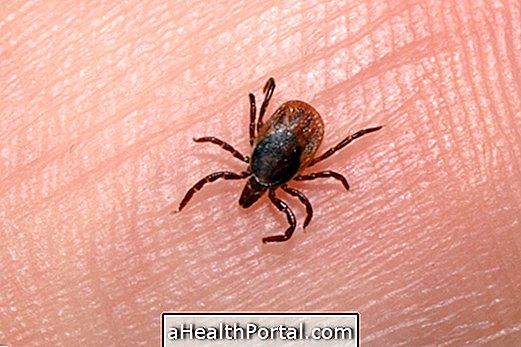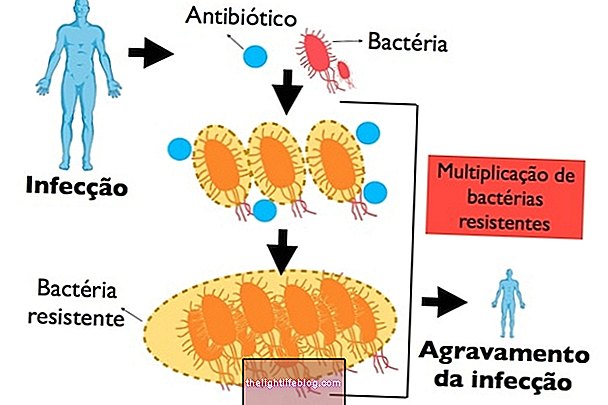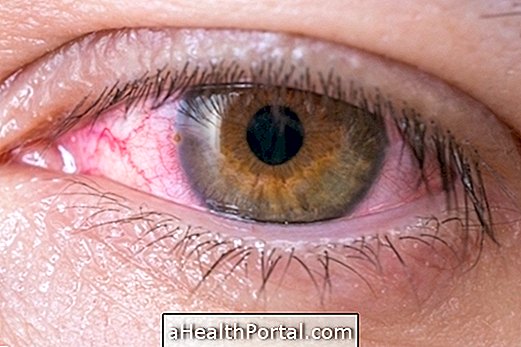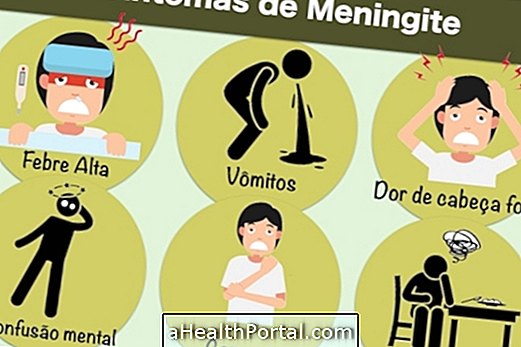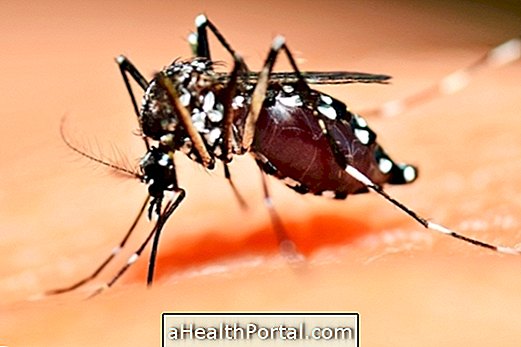Fungal meningitis is an infectious disease caused by fungi, which is characterized by inflammation of the meninges, which are membranes that are located around the brain and spinal cord, which can lead to the appearance of symptoms, such as headache, fever, nausea and vomiting.
This type of meningitis is very rare, but it can occur in anyone, especially those who are immunocompromised. It can be caused by different types of fungi, the most common ones being the speciesCryptococcus.
Treatment usually requires hospitalization, where antifungal drugs are administered into the vein.

Possible causes
Fungal meningitis is caused by a yeast infection, and it happens when that infection spreads into the blood and crosses the blood-brain barrier, into the brain and spinal cord. Although rare, this condition is more likely to occur in people with weakened immune systems, such as people with HIV, people who are undergoing cancer treatments or with other medications, such as immunosuppressants or corticosteroids.
Generally, the fungi that cause fungal meningitis belong to the speciesCryptococcus, that can be found in the soil, in bird droppings and decaying wood. However, other fungi may be the cause of meningitis, as is the case of Histoplasma, Blastomyces, Coccidioides or Candida.
See other causes of meningitis and how to protect yourself.
What are the symptoms
Symptoms that can be caused by fungal meningitis are fever, severe headache, nausea, vomiting, pain when flexing the neck, sensitivity to light, hallucinations and changes in consciousness.
In some cases, if meningitis is not adequately treated, complications can arise, such as seizures, brain damage or even death.
How the diagnosis is made
The diagnosis consists of blood tests, cerebrospinal fluid tests and imaging tests, such as computed tomography and magnetic resonance imaging, which allow visualizing possible inflammations around the brain.
Understand in more detail how the diagnosis of meningitis is made.
What is the treatment
The treatment of fungal meningitis consists of the administration of antifungal drugs in the vein, such as amphotericin B, fluconazole, flucytosine or itraconazole, which must be performed in the hospital, in addition to medications to improve other symptoms and assess the signs of improvement in the person's general condition. .
Was this information helpful?
Yes No
Your opinion is important! Write here how we can improve our text:
Any questions? Click here to be answered.
Email in which you want to receive a reply:
Check the confirmation email we sent you.
Your name:
Reason for visit:
--- Choose your reason --- DiseaseLive betterHelp another personGain knowledge
Are you a health professional?
NoMedicalPharmaceuticalsNurseNutritionistBiomedicalPhysiotherapistBeauticianOther
Bibliography
- CHARALAMBOUS, Lefko T. et. al .. Prevalence, healthcare resource utilization and overall burden of fungal meningitis in the United States. Journal of Medical Microbiology. Vol.67. 215-227, 2018
- PASQUIER, Estelle et. al .. Long-term Mortality and Disability in Cryptococcal Meningitis: A Systematic Literature Review. Clinical Infectious Diseases. Vol.66. 1122-1132, 2018
- FERNANDES, BR et. al .. Differential diagnosis of meningitis. Medical Magazine of Minas Gerais 2008. Vol.18. 4.ed; 68-71, 2008
